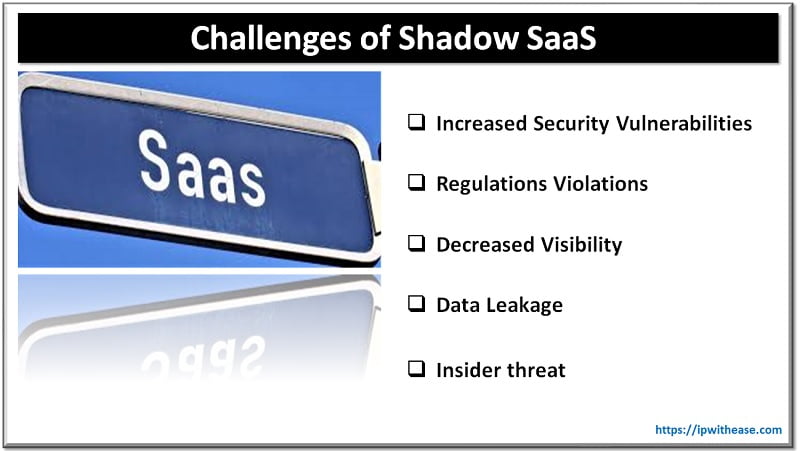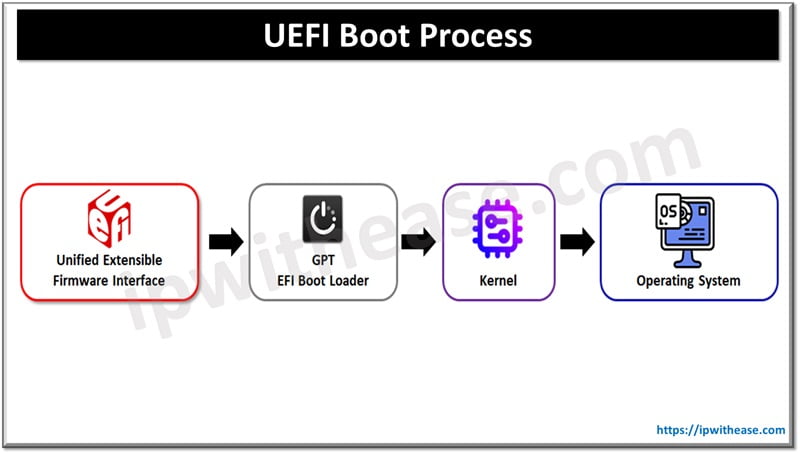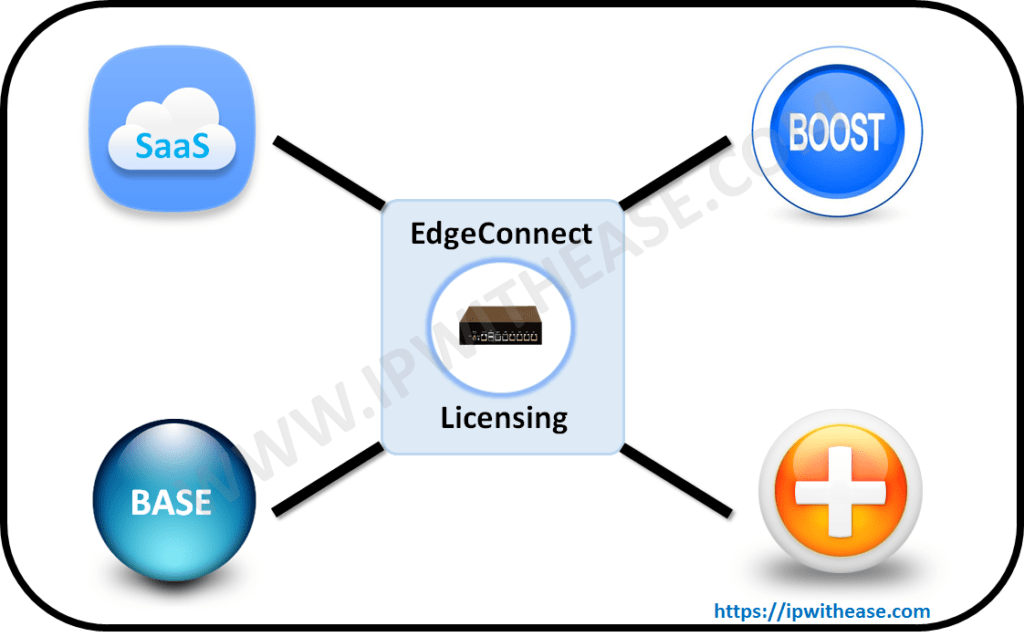Although there are claims of an increase in office productivity, the use of shadow SaaS in any organization has proven to be a security vulnerability. Errors are meant to happen, and employees or associates using SaaS apps outside the authorization of an organization can lead to compromised data.
The first step to take while preventing shadow SaaS is keeping the enterprise browsing secure for your organization, but there are many other steps. Brace yourself, as this article will help you understand the meaning of shadow SaaS, its security risks, and how to mitigate such risks.
Understanding Shadow SaaS
Every organization with a web footprint has certain applications they use to work and access the internet. Most of the software organizations use nowadays are Software as a Service (SaaS) applications, as they are easier and cost-effective. However, some employees leave the approved SaaS applications to use entirely different ones.
Shadow SaaS is a situation when an employee goes ahead with using a banned or unauthorized Software as a Service (SaaS) application without the approval of the IT department. Sometimes the employees’ intention while using this SaaS is to improve and boost their productivity, but using unapproved SaaS can pose a long-term security risk to the organization. Cloud-based services, apps, and software tools can make work easier, but the security threats accompanying this act can be overwhelming.
Shadow SaaS is also a form of insider threat, as employees, in the bid to make their work faster, can give cyber attackers access to some sensitive data. Since the employees have legitimate access to the organization’s data, the business entity might not know what is happening until it is too late. Since shadow SaaS happens mostly over a browser, security additions would be great to monitor and alert organizations whenever there is unusual access.

The Cyber Risks/Challenges of Shadow SaaS
Increased Security Vulnerabilities
When an employee or an executive uses any SaaS application that the IT department doesn’t approve of the organization, it increases security vulnerability. When a cybercriminal detects the use of an unapproved SaaS application, they can use this as an entry point to create cyber attacks on the organization.
Regulations Violations
There are rules guiding many organizations in any industry they find themselves in, and breaking such regulatory laws can lead to heavy fines and sometimes ban from operating. Assuming a regulatory rule is a $500 million fine for compromising customers’ data, shadow SaaS usage can make an organization break such laws.
Decreased Visibility
Visibility in an organization is a very important aspect of ensuring the security of data and resources belonging to such an organization. Visibility means that the organization has complete knowledge of the app employees are using in the company. On the other hand, when someone working for the company adds an additional SaaS application, the IT department does not have a complete outlook of cyber threats. Assuming they are aware of these SaaS apps, they would know how to mitigate any security risk if needed.
Data Leakage
Data leakage is among the cyber threats an organization would get whenever there’s a shadow SaaS. Employees using unapproved SaaS applications might not follow the guidelines needed to ensure maximum security. When security guidelines are broken, they might even download SaaS applications created by cyber attackers. When a SaaS application of this manner is downloaded and used to handle an organization’s data, it can lead to data leakage.
Insider threat
Insider threat is a security issue that is very rampant in many organizations, and one of the entry points for propagating insider threat is when an employee is using unauthorized SaaS applications. Since some of these SaaS applications are malicious, using such to handle a company’s data automatically gives cyber attackers access to compromise a company’s data.
How To Mitigate the Use of Shadow SaaS?
Creation of Security Policies
Creating guidelines and regulations that guide employees’ activities will be incredibly helpful in preventing the use of shadow SaaS in any organization.
Interacting and Educating Employees
Interacting and educating employees can do a lot of wonders in preventing the use of shadow SaaS in any organization. First, an organization needs to interact with the employees to know the type of unapproved apps they use to increase productivity. Then an organization needs to educate them on the dangers of using any SaaS application that wasn’t approved by the IT team.
Security Auditing
Security audits will also help organizations reduce and prevent the cyber weaknesses accompanying shadow SaaS. Security audits will help uncover any app used within an organization that wasn’t supposed to be used.
Network Monitoring
Monitoring the activity and data passing through an organization network would be helpful, as it can help detect any unusual activity.
Enforcing Policies
Rules are meant to be broken, so they are always those employees wanting to override the rules and policies guiding an organization, including using shadow SaaS. The best way to enforce policies is by using web security apps to create and implement policies.
Continue Reading:
Network Vulnerabilities and the OSI Model
SaaS vs PaaS vs IaaS: Understand the difference
ABOUT THE AUTHOR
IPwithease is aimed at sharing knowledge across varied domains like Network, Security, Virtualization, Software, Wireless, etc.



